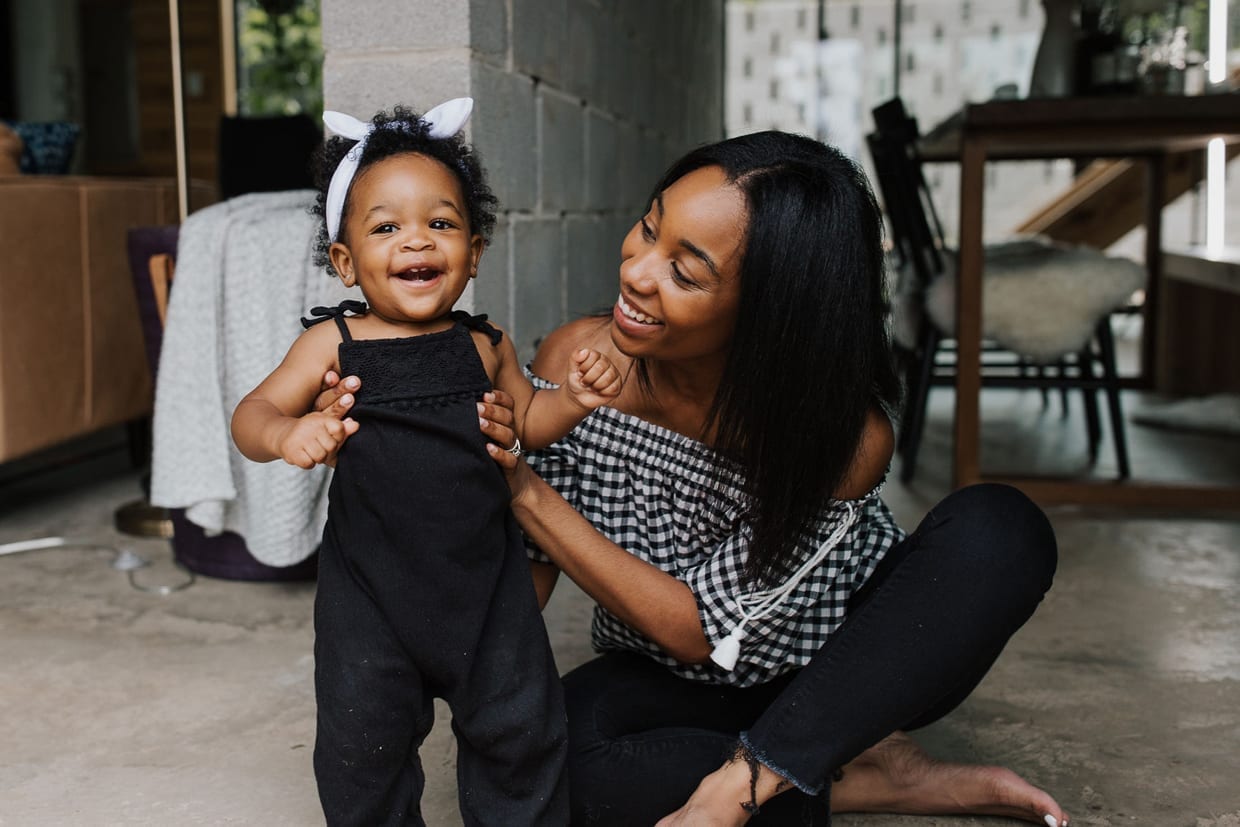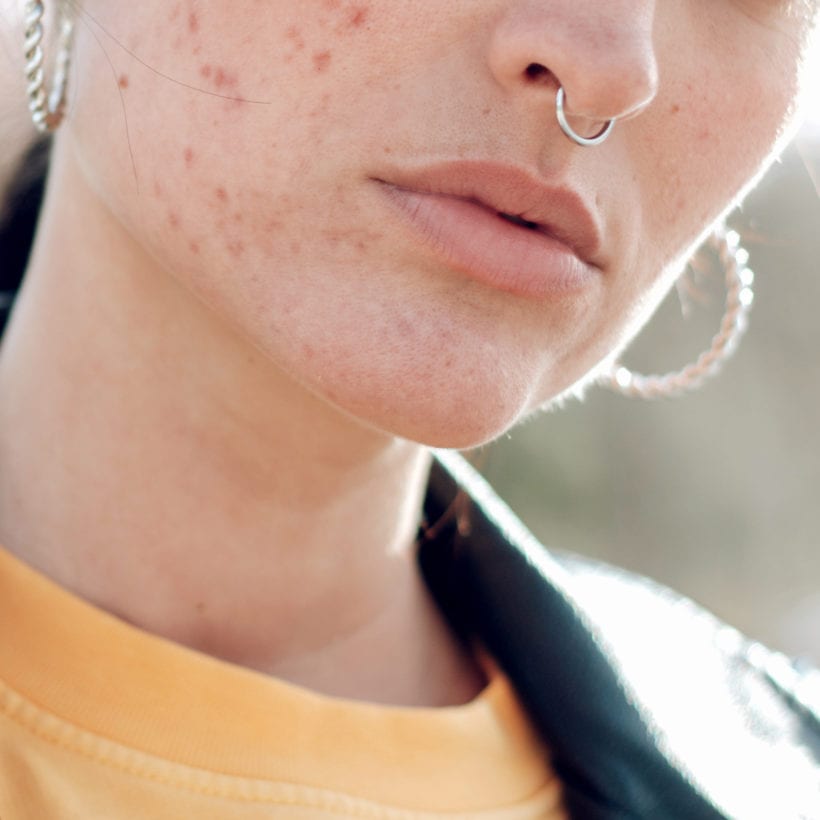My six-year-old loves my squishy, post-baby belly. She likes to talk about it a lot. Like, A LOT. Because she likes it a lot. Me? Not so much. My doughy, dimply, round remnant of two pregnancies is the reason I will likely never wear a bikini again. It is so different from the smooth, concave stomach of my pre-kids life. But when my daughter rests her head on it and waxes poetic about how big and great it is, I smile and tell her I am glad she loves it. I swallow all my conditioned responses that there is something wrong with a big belly because I want her to grow up without them.
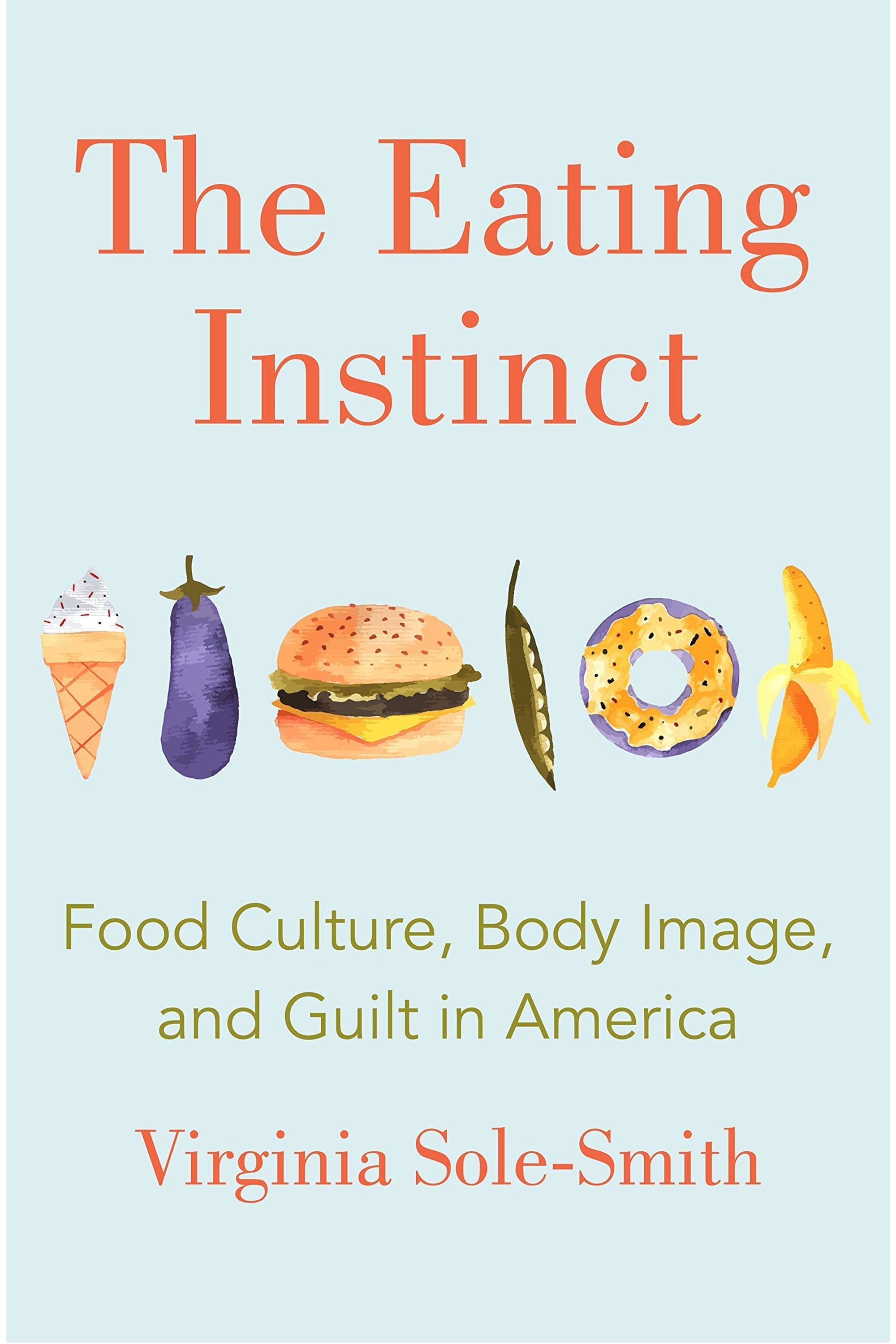
“The research is really clear that kids are internalizing messages about bodies and food very, very, very early,” says Virginia Sole-Smith, mom to two and author of “The Eating Instinct: Food Culture, Body Image, and Guilt in America”. “Studies on three-year-olds show that they already know fat equals bad.”
That is discouraging for a parent to hear, but it also presents us with a powerful opportunity. We can change the way our kids think about their bodies and themselves. And maybe, just maybe, we can help ourselves in the process.
Here is a guide to flipping the script on bodies, weight and what matters.
Compliment Kids on Their Character
If you pay attention to how you talk to kids and how other people talk to your children, you will quickly notice that how kids look is our go-to small talk. After all, outward appearance is the first thing we have to go on when we meet a child or run into them on the street. “We tell little girls they are ‘so pretty,’” says Dana Suchow, an eating disorder speaker and educator in New York City, “and call little boys ‘lady killers.’” Instead, Suchow suggests finding something about a child’s character to compliment. “Instead of ‘you look cute,’ try ‘you are really creative with color,’ or ‘I see that putting together patterns and textures is a talent and passion you have.’” Making these kinds of small adjustments “is something everyone [even non-parents] can do,” says Suchow.
I have been extending this approach to one more level in my parenting. I pretty much never comment on my daughters’ appearances. Yes, this means I let them go to school in whatever outfit they concoct. And unless their hair is verging into rat’s nest territory, I do not even require or ask for hair brushing. I am sure this has raised an eyebrow among parents or teachers, but I do not care. The rest of the world is telling my daughters that their appearance is priority number one, and I refuse to join them. And if my daughters ask my opinion on an outfit, my first response is always, “How does it feel? Are you comfortable? Do you feel like you could play in it?” If they insist on focusing on how it looks, I ask them how they feel about the way it looks, because “that’s what matters most.”
The rest of the world is telling my daughters that their appearance is priority number one, and I refuse to join them
Pay Attention to How You Talk about Yourself
“Kids are little sponges absorbing the world around them, and they “mirror us because they are looking to us for survival skills,” says Suchow. That means when we offhandedly comment that our “butt looks big” in a pair of pants or casually tell a friend not to snap a picture “until I lose 10 pounds,” our kids pick up on the idea that we need to look a certain way to feel good about ourselves. And then they copy us.
“We cannot body shame ourselves in front of our kids,” says Sole-Smith, who also acknowledges that it can be hard to avoid. “We don’t go into parenthood having figured this body image thing out for ourselves. Most of us have a negative narrative in our head that is running all the time.”
If it feels hard to jump into positive body talk, Sole-Smith recommends “at least not saying the negative things and trying for body neutrality.” That is what I am going for when I tell my daughter that I am glad she loves my big belly.
In the last lines of her wonderfully accepting book, “The Body Book,” author and illustrator Roz MacLean writes, “I love my body. Do you love yours too?” MacLean says that many moms have told her that “it is really powerful for them to say that out loud.”
Talk about what bodies can do, not how they look
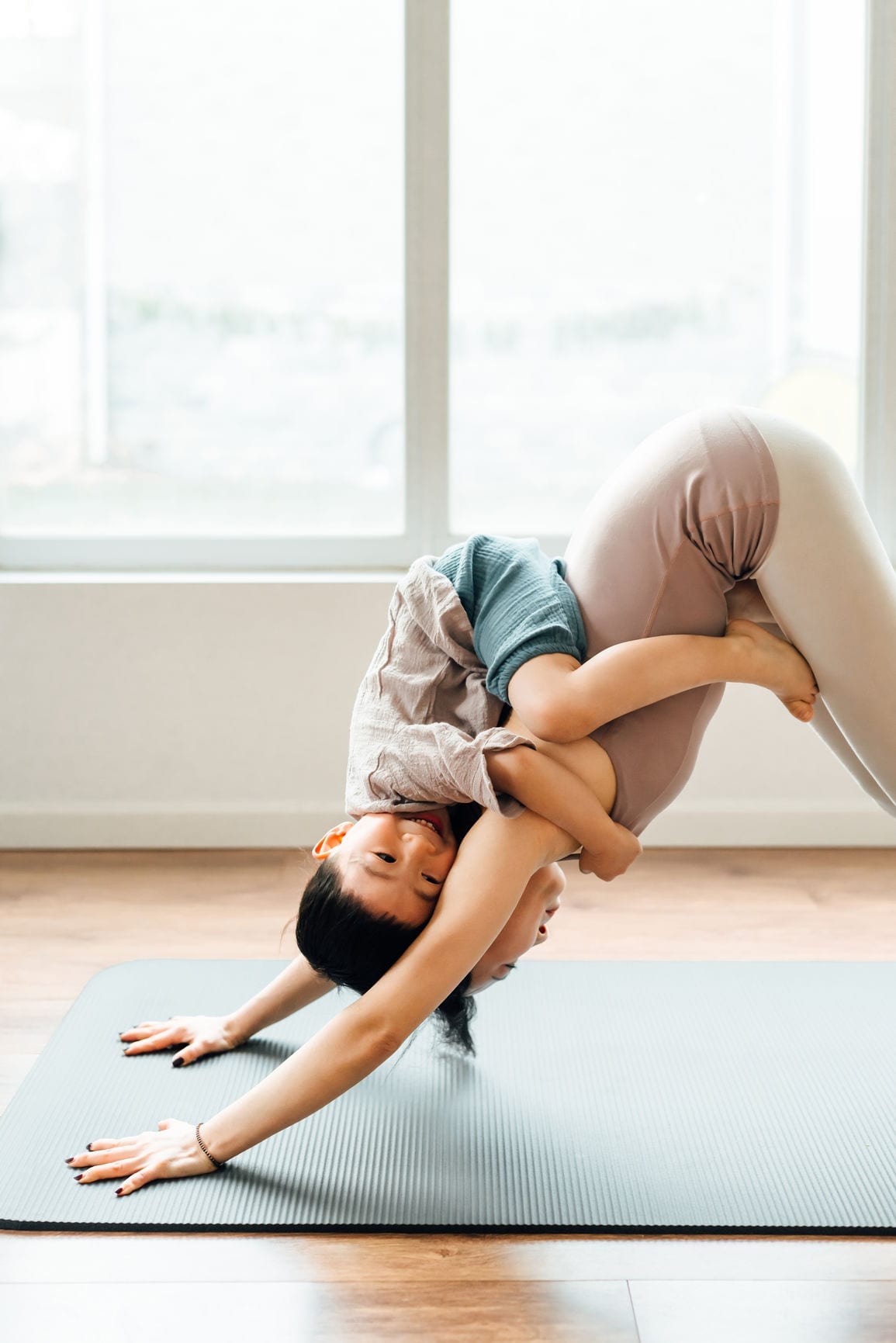
MacLean’s mission is to teach kids that “bodies are something to experience from within and enjoy,” says MacLean. “We want to shift the focus from, ‘How does my body look?’ to ‘How does it feel to be in it and move in it?’”
I exercise a lot, and when I talk to my daughters about it, I always emphasize the strength I am gaining, the muscles I am growing or how my daily workouts help me feel better emotionally.
When Sole-Smith talks to her five-year-old, she focuses on all of the amazing things bodies can do for us. “We read a lot of kids’ books about anatomy to give her a deep appreciation of her body,” says Sole-Smith. “We talk about how our stomachs digest food, and our lungs are always breathing.” Elementary school is a perfect time to do this, says Sole-Smith, “because you can always keep their attention by talking about how poop works.”
Help Children Talk about Bodies
It is a cringe-worthy moment when your curious five-year-old asks why the lady in the store is “so fat.” We have been raised with the idea that fat is bad, and our first instinct might be to quickly silence our kid. But, says Sole-Smith, “your child may very well just be noticing a basic fact of a person’s body without thinking it’s good or bad.” Rather than reacting negatively, try one of these suggested responses:
- “Isn’t it cool that we live in a world with all these different people?”
- “Everybody is built differently, that’s what makes us unique. It would be so boring if we were all the same.”
- “Healthy bodies come in all different shapes and sizes.”
- “Look at her outfit, isn’t it so creative?”
Later you can ask your child why he or she noticed the woman’s body and talk about how society views different bodies. Sole-Smith suggests something like, “It’s a big problem in our world that some people think thin bodies are better than fat bodies. That’s not true; all bodies are good bodies, and everybody deserves respect. When we hear people saying mean things about fat people, we need to stop it.”
But what if your daughter comes home and tells you that she is fat?
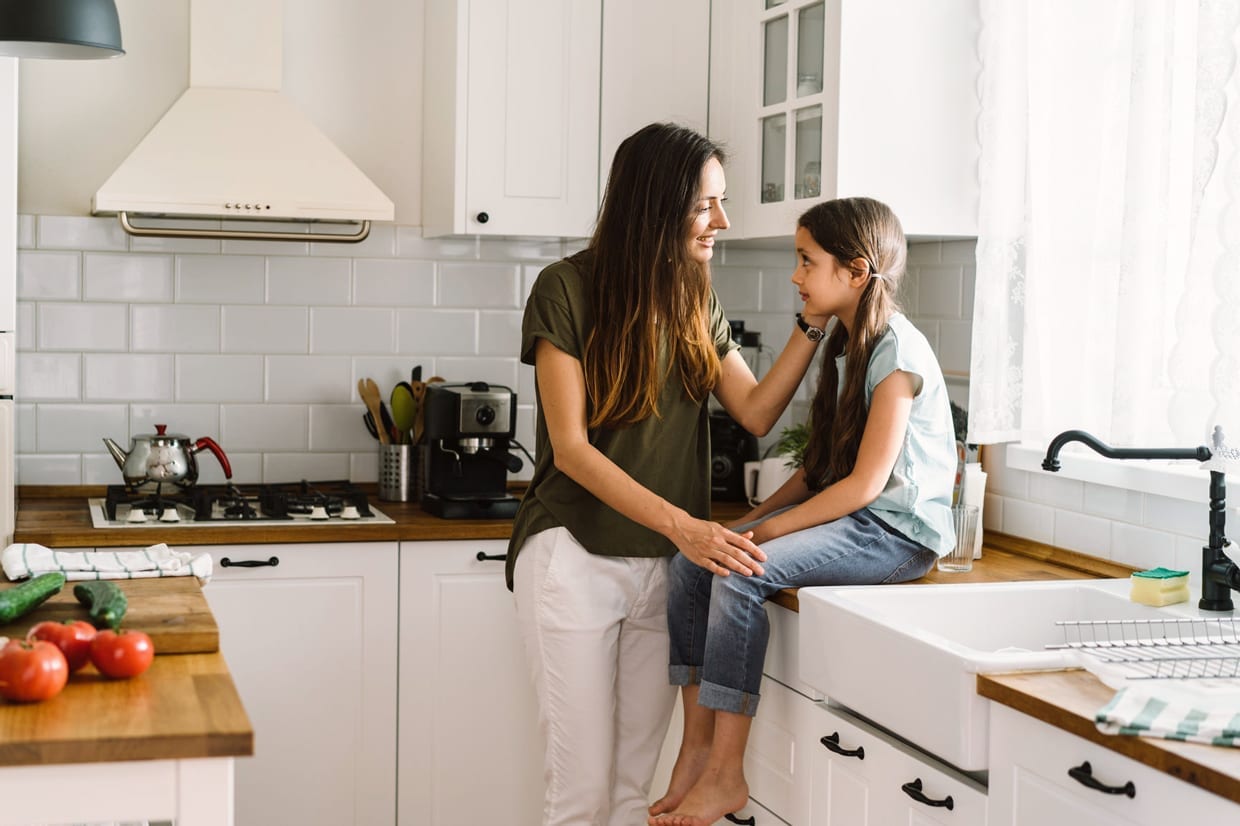
Again, it is not surprising if your first instinct is to protest and tell her, “No, you’re not!” But that well-meaning response has at least two pitfalls. It reinforces the message that fat is bad and also sends the message that you value her body not being fat. “It’s important to let kids know you love them no matter what their body looks like,” says Suchow. “Kids need to hear that they will have your love and acceptance no matter what they look like and that you’re always a safe person to go to [about these topics].”
Instead of reassuring your child that she “is not fat,” slow down and get curious about what she is telling you.
Some things to say next:
- “Why do you use that word?”
- “Why do you feel that way?”
- “What does that mean to you?”
- “What do you think about that?”
- “What do kids at school say about being fat?”
“Asking why and listening lets them know they can open up to you about what’s going on,” says Suchow. “It also teaches them that when they have thought about their body, they can question it and think deeper.” And it gives you a jumping-off point to share with her that “there’s no right kind of body to have and to translate that message into treating yourself and those around you with kindness, acceptance and respect,” says MacLean.

Teach Her To Be a Culture Critic
“We can’t pretend that weight stigma doesn’t exist,” says Sole-Smith. “It’s the same thing as when white parents don’t talk about race, it only makes racism worse.” Instead, engage kids in a conversation about the way our society views people whose bodies do not conform to the narrow ideal the media puts out.
Help your child look critically at the messages and images he or she is taking in and expose him or her to a wide array of media. “It’s really helpful for parents to explain to kids how different media can look from reality and how those images are not real and are heavily tweaked to appear a certain way,” says Lauren Smolar, director of programs at the National Eating Disorders Association. Suchow also recommends exposing your kids to media resources that feature diverse body types.
With my tween, I talk about the lyrics of the songs she listens to and what kinds of messages they send about women and women’s bodies. I knew my conversations were having an impact, when she shared Alessia Cara’s song, “Scars to Your Beautiful” with me a few years ago, and said, “I think you will like this song, mom. It has a message about loving who you are.”
And that message also applies to us as parents. “The world is imperfect and no one is going to do this perfectly,” says Suchow, “but you are doing the best you can with the tools you have.” We may not always get it right, but, just like our kids, we can learn as we go — and we can love ourselves along the way. Recently, as my six-year-old buried her face into my marshmallow belly, she told me that she loves it, because “it feels like love.” And, in that moment, my love for my body grew a little too.
Kate Rope is the author of “Strong as a Mother: How to Stay Healthy, Happy, and (Most Importantly) Sane From Pregnancy to Parenthood.”
We only recommend products we have independently researched, tested, and loved. If you purchase a product found through our links, Sunday Edit may earn an affiliate commission.
